Aston Martin is going after the Porsche 911 Turbo S with a comprehensively overhauled version of the Vantage, which arrives as part of a wide-reaching revamp of the British firm’s sports car line-up.
Touting substantially more power and higher performance than its predecessor, the new Vantage is described by Aston Martin as “the most driver-focused and fastest Vantage in the famous nameplate’s 74-year history”.
Arriving first in fixed-head form with a drop-top Volante expected to follow, Aston’s revamped coupé has not been extensively restyled on the surface. However, it has been comprehensively re-engineered inside and underneath, in line with Aston’s strategy to bolster its sports cars’ dynamic and technological credentials.
Headlining this round of important updates is a massive power increase for the Vantage’s Mercedes-AMG-derived V8.
Still 4.0 litres in capacity and blown by a pair of turbos, but with output hiked to 656bhp and 590lb ft, the revised eight-pot now makes the standard Vantage as quick as the outgoing V12 Vantage: 0-62mph is dispatched in just 3.5sec and top speed is rated at 202mph.
For reference, the previous V8 car produced 503bhp and 505lb ft, needed half a second more for the 0-62mph sprint and topped out at 195mph.

The hikes are the result of an “extensive” tuning programme that has given the motor new cam profiles, tweaked compression ratios, improved cooling (courtesy of a new lower radiator and two extra auxiliary coolers) and, crucially, bigger turbochargers.
An added benefit of all these changes is that the engine now has a “more visceral and more vocal character”.

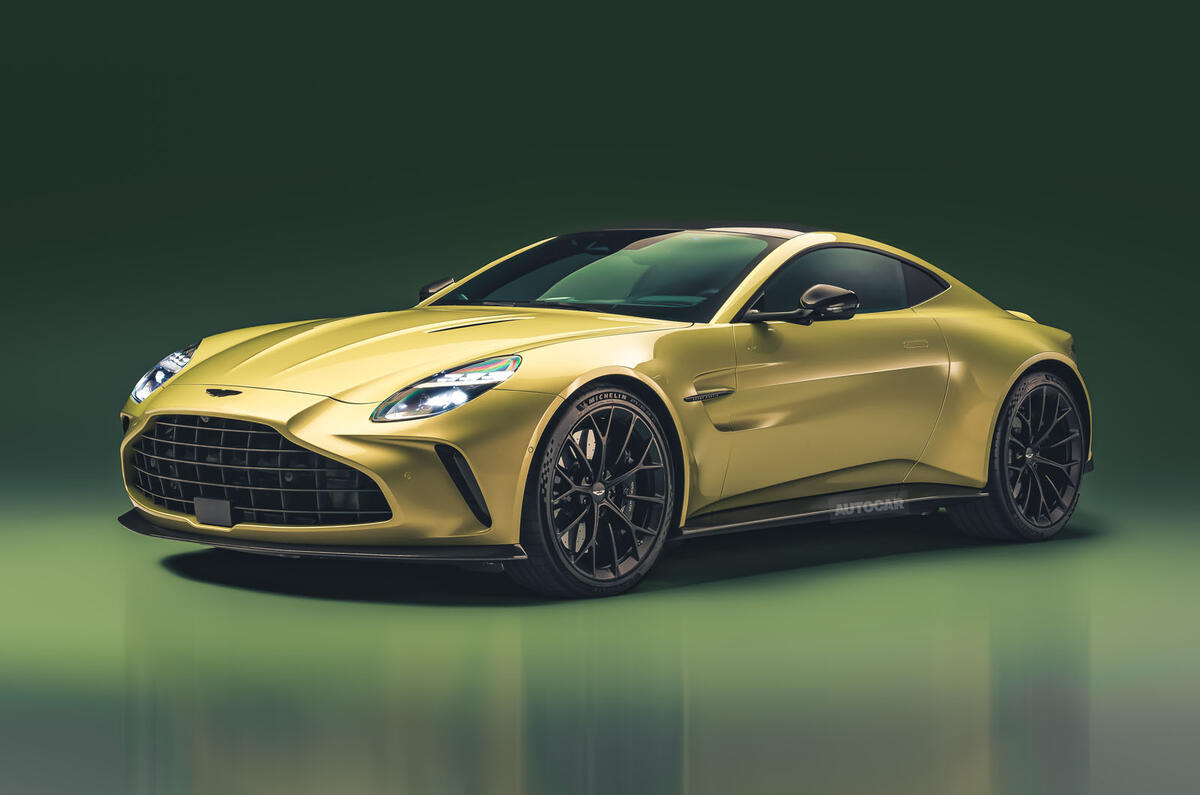
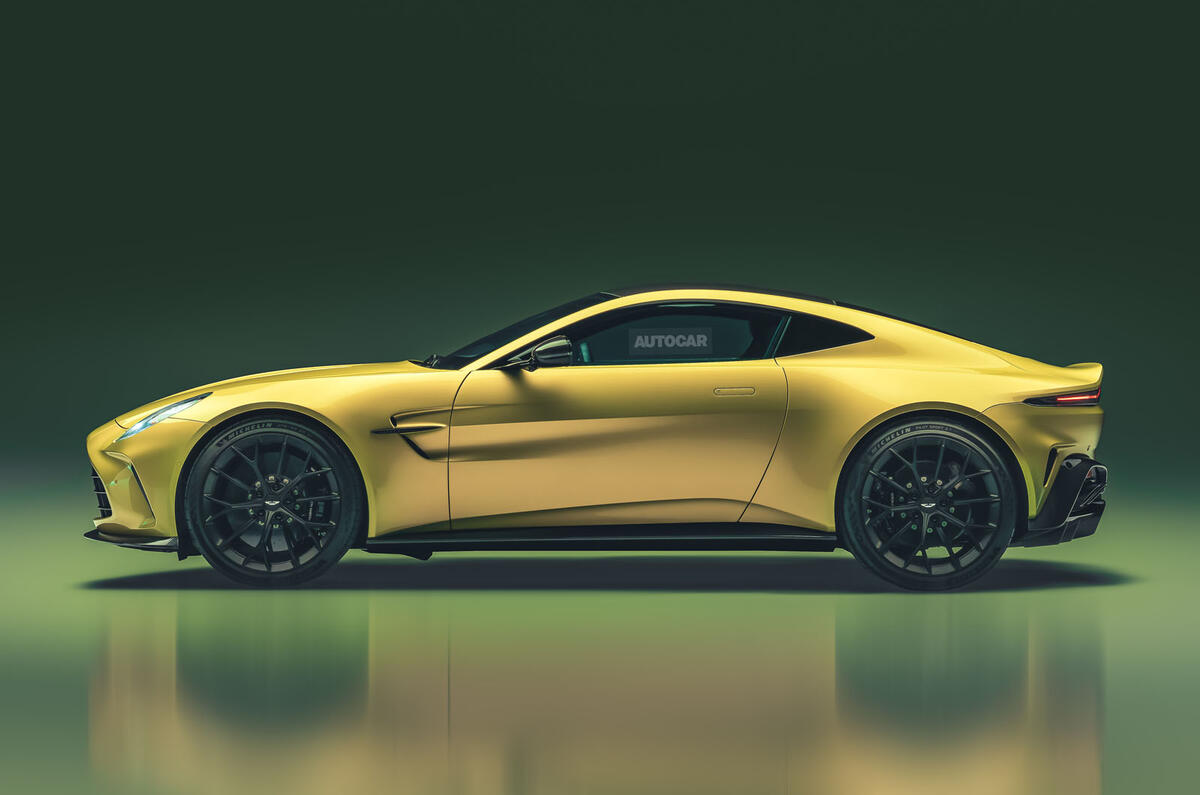
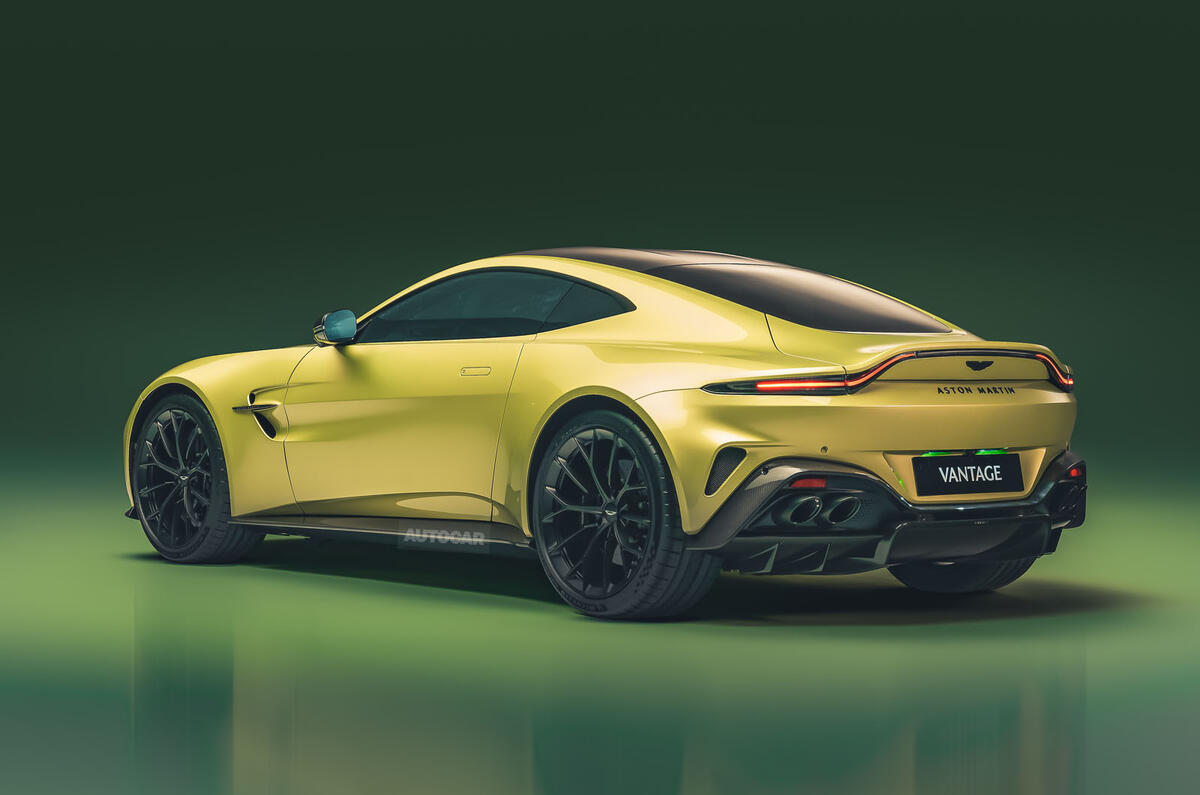
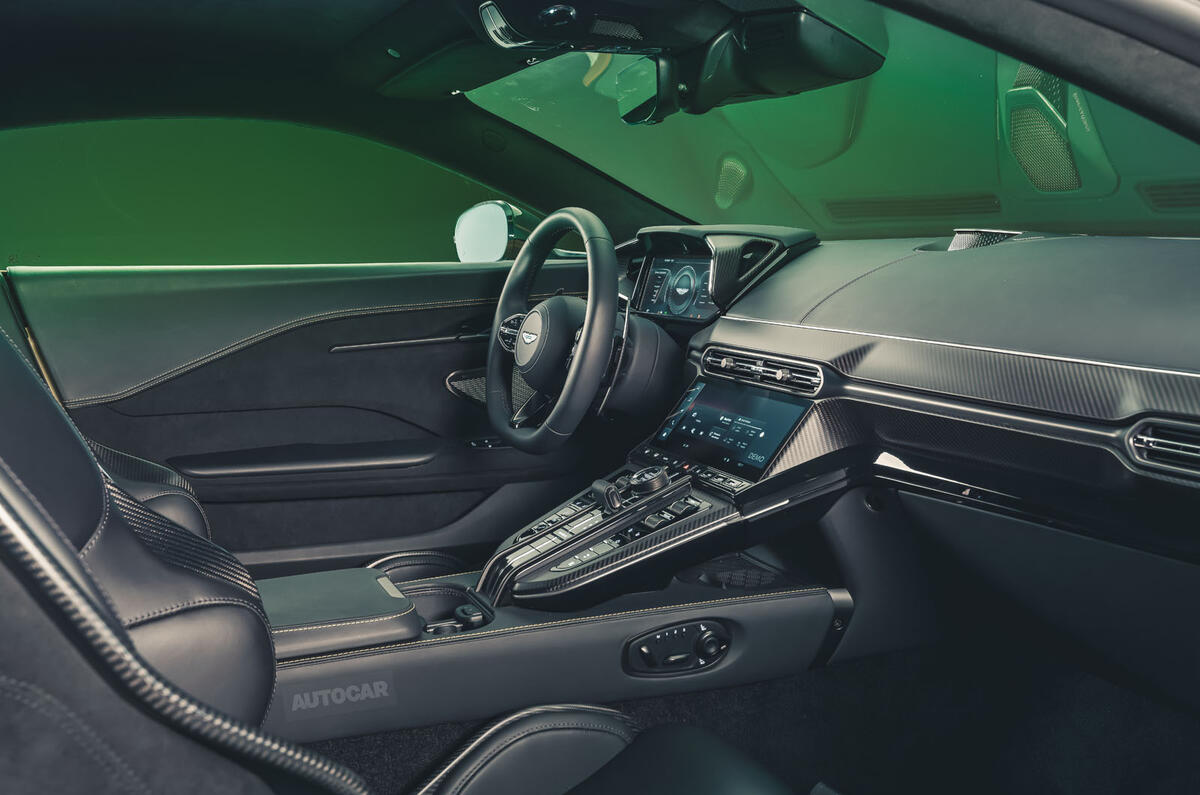
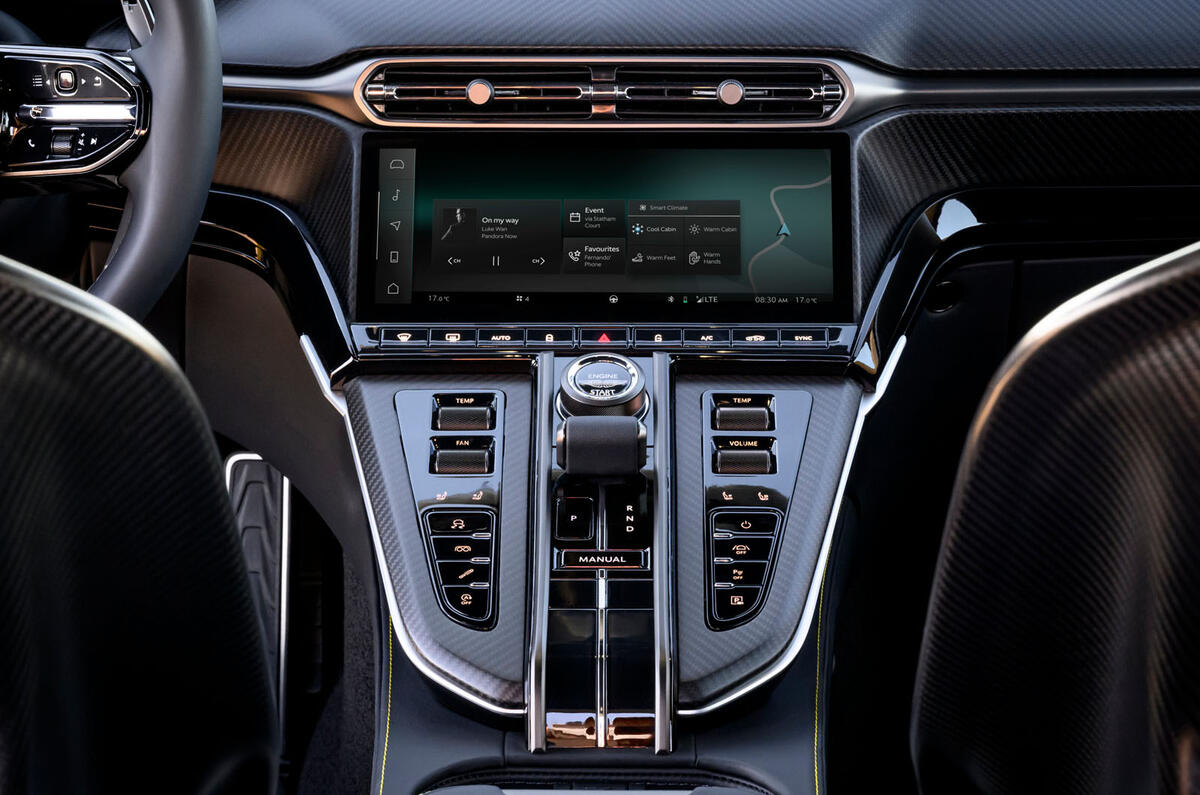




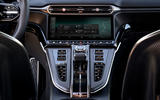











Join the debate
Add your comment
Absolutely SUPERB in every way. Just when you think Rieckman can't get any better - BAM!!! - this comes out of nowehere. AM deserves success.
Not sure I'm convinced by the vertical orientation of the headlights now, prev horizontal.
Finally they've enlarged the puny quad exhausts to something more appropriately sized.
Still wish they wouldn't continue the lights into the duck tail (or even have the duck tail at all) Would look so much better, and wider, if they just lit the outer area.
Like the DB12 tho, looks like that interior gives people less excuses not to buy one so good luck to them
Able to show up anywhere in one of these. Beautiful design. Good job AM design team.